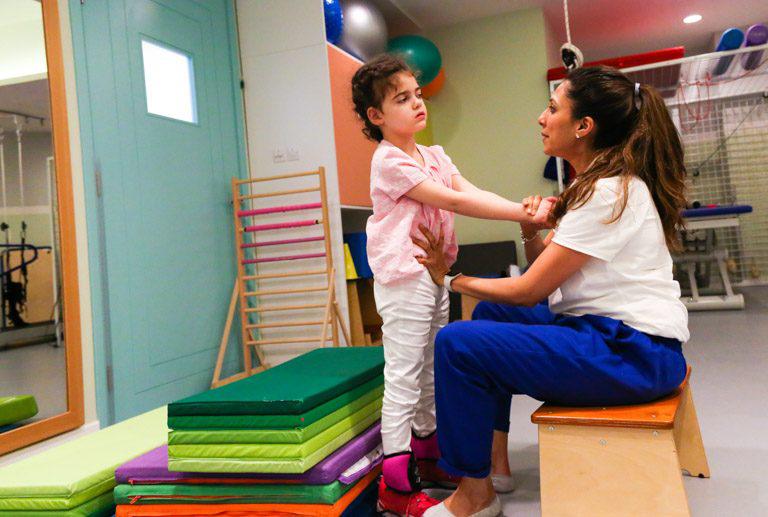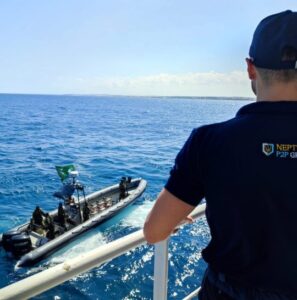What Clothes Should Children Wear During Pediatric Physiotherapy?
2 min read
Your child’s clothing is an important factor to consider when preparing for pediatric physiotherapy sessions. The right clothes can make a big difference in the success of your child’s therapy and their overall comfort during the session.
Here’s what you should consider when dressing your child for pediatric physiotherapy.
Comfortable and stretchable clothing:
Children should wear loose, stretchable clothes that allow free movement. Tight or restrictive outfits can limit flexibility and make exercises harder. Clothing made from soft, breathable fabrics like cotton or moisture-wicking materials ensures comfort throughout the session. Examples of suitable clothing include:
- T-shirts or tank tops
- Stretchable leggings or shorts
- Joggers with an elastic waistband
Avoiding heavy or bulky clothes:
Thick, heavy clothing such as jeans, hoodies, or stiff fabrics can restrict movement and make exercises difficult. Layers can be added if needed, but they should be easy to remove if the child feels too warm during physical activities.
Proper footwear:
Footwear plays a significant role in stability and balance during physiotherapy. Children should wear comfortable, well-fitted trainers with good grip and support. Avoid sandals, flip-flops, or shoes with slippery soles, as they may cause instability during exercises. In some cases, therapy might require barefoot activities, so clean socks or grip socks are good alternatives.
Clothing that allows easy access for therapy:
If the therapy session involves muscle assessments or treatments like stretching or massage, it’s best to choose clothing that makes these areas easily accessible. For example:
- Shorts or loose trousers for leg therapy
- Short-sleeved shirts for arm exercises
- Zip-up jackets instead of pullovers for quick removal
Avoiding accessories and jewellery:
Necklaces, bracelets, belts, or any loose accessories should be removed before therapy. These items can be distracting, uncomfortable, or even cause injury during physical activities. Simple, fuss-free clothing is best.
Dressing your child in comfortable, stretchable, and breathable clothing ensures they can move freely and perform exercises without restrictions. Choosing proper footwear, avoiding heavy outfits and accessories, and considering weather conditions will make the therapy session smoother and more effective. Ensuring the right outfit not only keeps your child comfortable but also allows them to focus on their physiotherapy goals without distraction.



